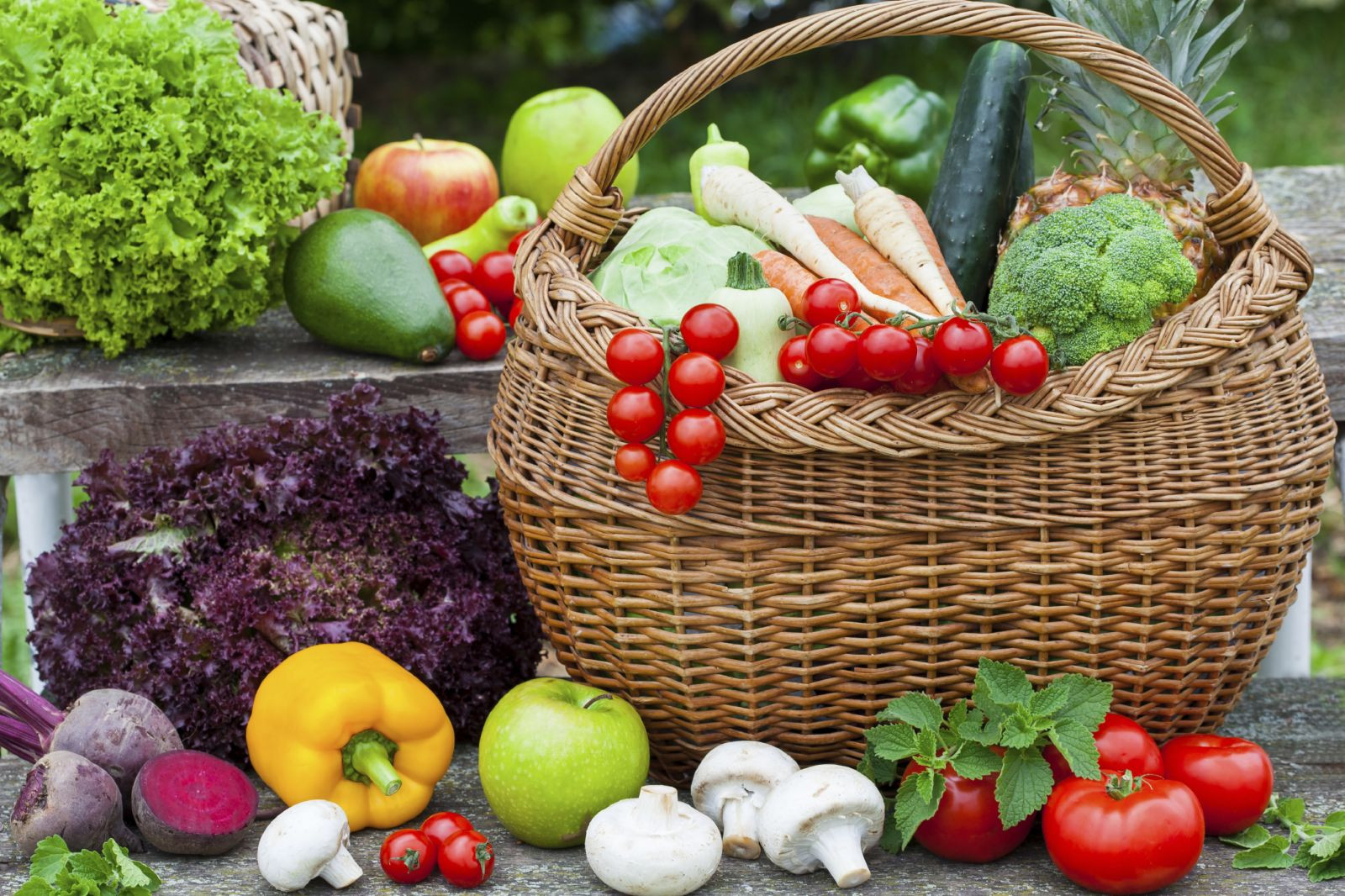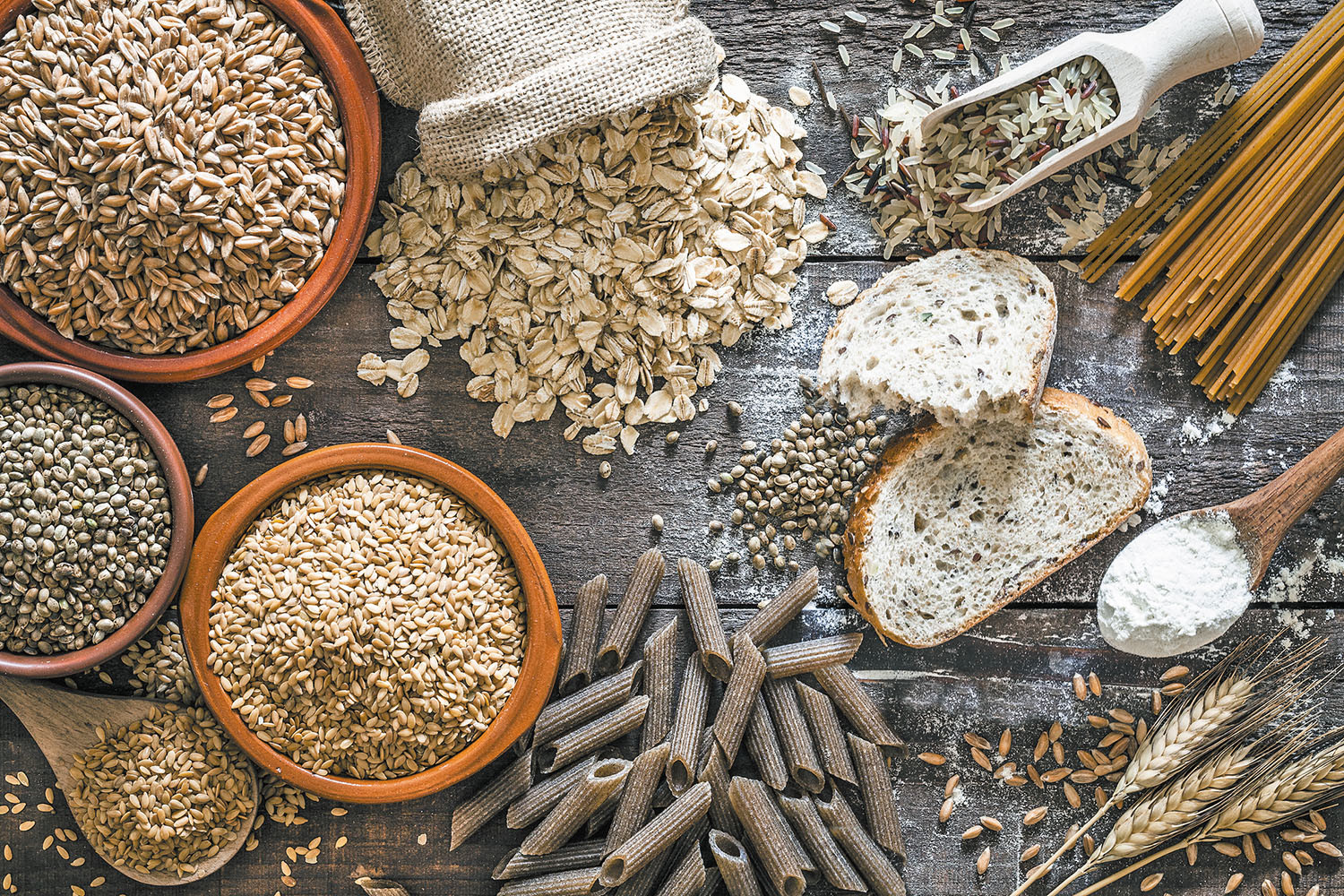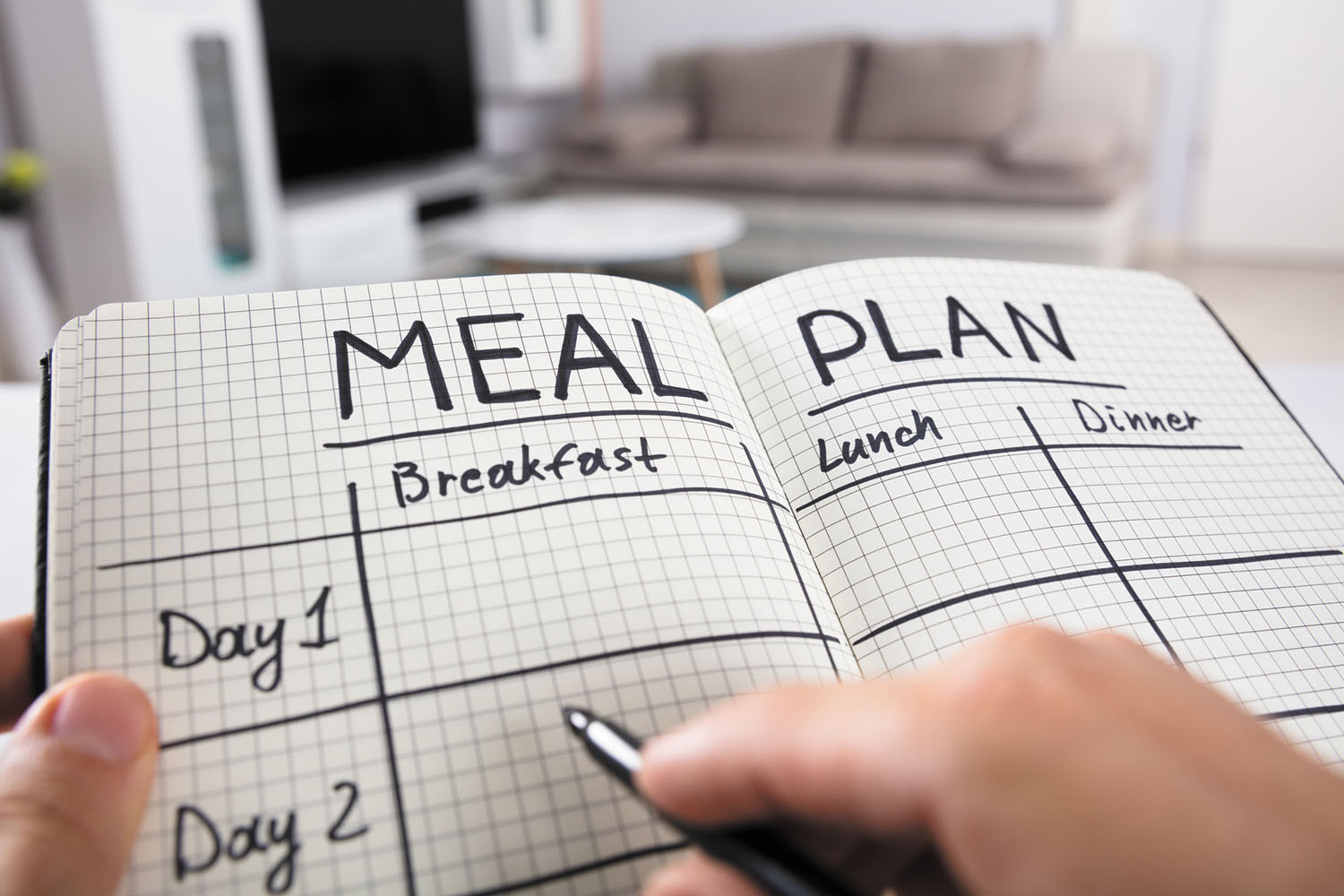
5 timeless habits for better health

What are the symptoms of prostate cancer?

Is your breakfast cereal healthy?

When pain signals an emergency: Symptoms you should never ignore

Does exercise give you energy?

Acupuncture for pain relief: How it works and what to expect

How to avoid jet lag: Tips for staying alert when you travel

Biofeedback therapy: How it works and how it can help relieve pain

Best vitamins and minerals for energy

Should you take probiotics with antibiotics?
Nutrition Archive
Articles
Specialized diet gets high marks for preventing cancer
In the journals
Following a specific cancer prevention diet may help you lower your overall risk, according to a study in the August 2018 Cancer Research.
The diet from the World Cancer Research Fund/American Institute for Cancer Research (WCRF/AICR) emphasizes a plant-based diet rich in whole grains, vegetables, fruits, and legumes like beans and lentils, with limited amounts of red or processed meat (no more than 18 ounces per week) and a strong emphasis on eliminating all processed foods, sugar-sweetened drinks, and alcohol.
Can a gluten-free diet help my skin?
Ask the doctors
Image: © fcafotodigital/Getty Images
Q. I have terrible skin, and a friend recently recommended that I eliminate gluten from my diet to help manage my condition. Will this work?
A. Not necessarily. Gluten has gotten a lot of attention in recent years. Some people believe that eating gluten can inflame the skin and, therefore, cutting it out will help relieve red, inflamed skin or other skin conditions, such as psoriasis or eczema.
Don’t let winter put a chill on your vegetable intake
It may take a little more effort, but some simple strategies can help you meet your recommended intake of veggies in the colder months.
Image: © stargatechris/Getty Images
In the summer, vegetables are plentiful. The supermarket shelves — and maybe even your own garden — are overflowing with zucchini and squash, tomatoes and asparagus. But as we head into the colder winter months, the offerings may be a little less inspiring.
"With summer vegetables becoming more expensive in the winter, people's eating variety may shrink," says Teresa Fung, adjunct professor in the Department of Nutrition at the Harvard T.H. Chan School of Public Health. "And when variety shrinks, often quantity shrinks as well."
Both high-carb and low-carb diets may be harmful to health
Research we're watching
Image: © AndreyPopov/Getty Images
The best dietary strategy when it comes to carbohydrate intake could be neither high-carb nor low-carb, but rather moderation. A study published online August 16 by The Lancet Public Health found that both high- and low-carbohydrate diets were associated with earlier death. But people who got about half to 55% of their calories from carbohydrates — which is considered a moderate amount — lived longer.
The research involved more than 15,000 adults ages 45 to 65 who were involved in the Atherosclerosis Risk in Communities study. Participants filled out a dietary questionnaire when they enrolled in the study, which began in 1987. Researchers then looked for links between what participants ate and their death from any cause over a median follow-up period of 25 years.
How to spot questionable nutrition advice
The Internet is rife with dubious dietary advice for heart health. Here's how to separate the wheat from the chaff.
Image: © mixetto/Getty Images
Surfing the Web nearly always involves running into a few ads, blogs, and articles about diet and health. Perhaps you also have relatives or friends who send you links about what you should (or shouldn't) be eating to lose weight, lower your blood pressure, or dodge heart disease.
You might be skeptical enough to avoid clicking on suspicious links, like those once-popular ads promising "one weird trick to banish belly fat." Yet sometimes the advice appears to be from a legitimate source — for instance, a purported world-class heart surgeon who's written books about diet and nutrition. But what if the recommendations run counter to what you've mostly heard about a heart-healthy diet? It's no wonder many people feel confused and frustrated about nutrition.
Vegetable of the month: Cauliflower
Image: © Joe_Potato/Getty Images
Just a few years ago, cauliflower was considered kind of ho-hum, relegated mainly to frozen vegetable medleys or crudité platters. But these days, the mild white vegetable is far more popular, thanks to its versatility as a carbohydrate substitute. Recent diet trends that encourage people to eat fewer starchy and grain-based foods likely contributed to cauliflower's rise.
Even if you're not avoiding carbs, using cauliflower as a substitute for starchy foods such as rice is a good way to cut calories and eat more fiber. You can also make mashed cauliflower instead of mashed potatoes (see www.hsph.harvard.edu/nutritionsource/mashed-cauliflower). Or try making a pizza with one of the many cauliflower-based pizza crusts now available in most grocery stores.
Traditional Southern diet is bad news for people with heart disease
Research we're watching
People with heart disease who eat a traditional Southern diet (rich in meat and fried foods) may be more likely to die sooner than people who follow a plant-based Mediterranean-style diet.
So says a study in the July 12 Journal of the American Heart Association that focused on people with a history of heart disease, such as a heart attack or bypass surgery. Researchers conducted dietary assessments on 3,562 people ages 45 and older and tracked them for about seven years.
Refueling your energy levels
Lost your spark and gusto? These strategies can help you recharge.
Everyone has the occasional low-energy day when you are easily fatigued. Often the feeling passes, and you bounce back to your regular robust self. But if you struggle with a constant lack of energy, you may have a problem deep within your cells.
Mitochondria are the power source inside all your body's cells. These tiny structures fuel the body by producing molecules called adenosine triphosphate or ATP. However, as you grow older, your body has fewer mitochondria.

5 timeless habits for better health

What are the symptoms of prostate cancer?

Is your breakfast cereal healthy?

When pain signals an emergency: Symptoms you should never ignore

Does exercise give you energy?

Acupuncture for pain relief: How it works and what to expect

How to avoid jet lag: Tips for staying alert when you travel

Biofeedback therapy: How it works and how it can help relieve pain

Best vitamins and minerals for energy

Should you take probiotics with antibiotics?
Free Healthbeat Signup
Get the latest in health news delivered to your inbox!
Sign Up











